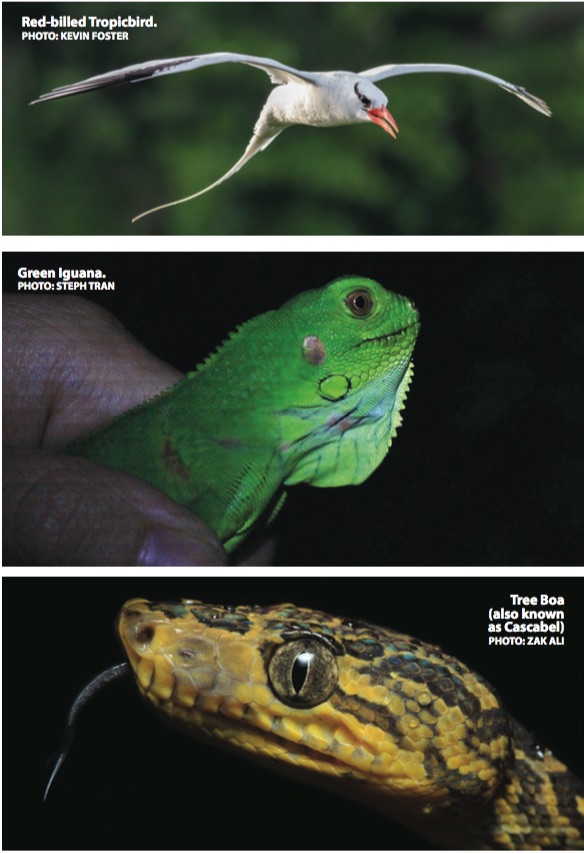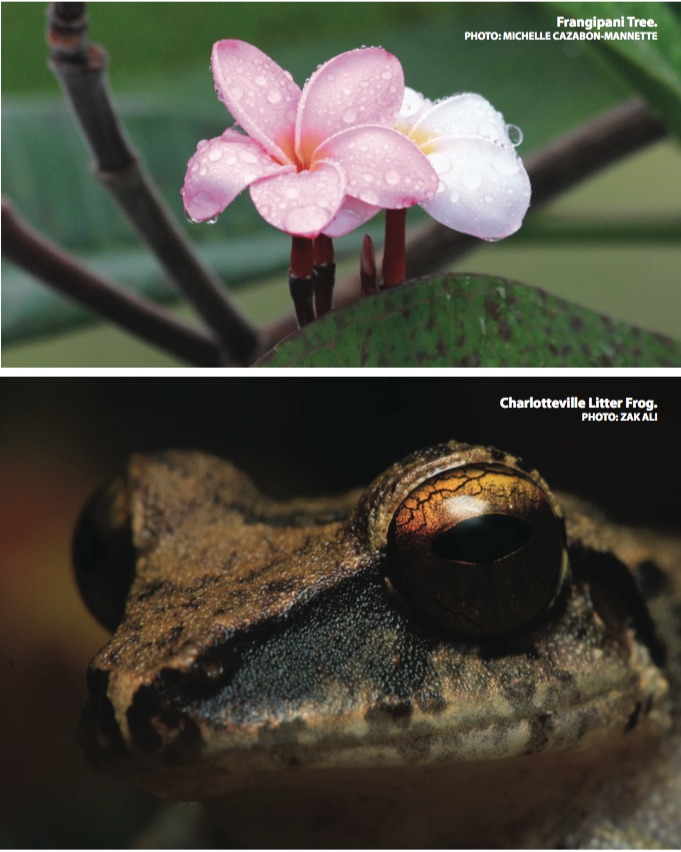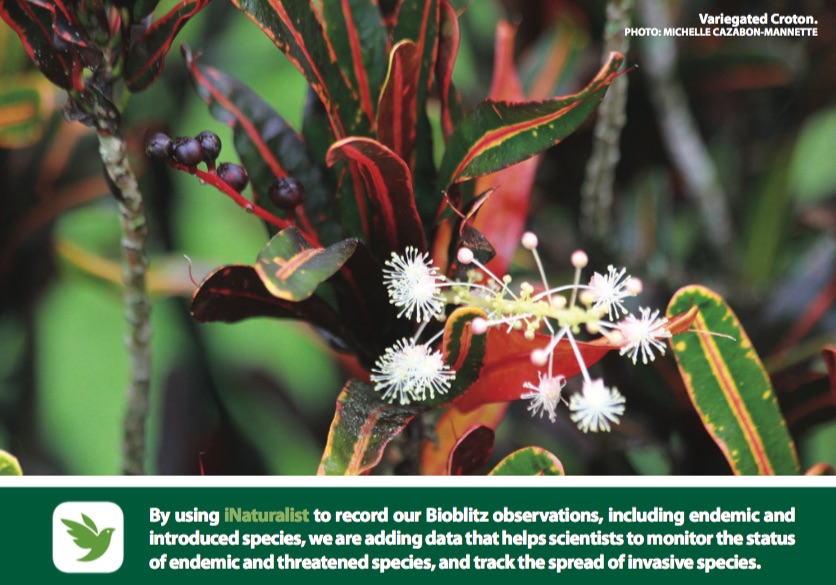
On December 3 and 4, 2022, more than 100 people took part in Trinidad and Tobago’s 11th annual Bioblitz – an intensive 24-hour survey of all the species found in our backyards.
Organised by the Department of Life Sciences (DLS) at UWI St Augustine in partnership with the Trinidad and Tobago Field Naturalists’ Club, this year’s event had an exciting twist. It brought on board colleagues and neighbours in Jamaica and Barbados for the first ever “inter-island” Bioblitz.
The main aim of a bioblitz is to engage people with their local biodiversity while also contributing valuable data on the distributions of species. They usually involve experts, students, and the public intensively surveying a particular area for biodiversity over a 24-hr period. This year, the “area” was defined as the collective backyards of T&T, Jamaica, and Barbados.

Beginning at noon on December 3, scientists, students, and wildlife-enthusiasts across the three countries scoured their gardens for plants, animals, and fungi for 24 hours, taking photographs and uploading them to an app called “iNaturalist”. This app let us keep track of all the species being seen and share photos with experts who helped identify them.
In total, an incredible 4,537 observations were added over the period. These photos represented at least 1,281 different species, from mushrooms to hummingbirds to coconut palms!
It was no surprise that T&T was best represented, given that the event is already well established here, but it was fantastic to see such excellent participation from the other islands. Jamaica alone contributed over 1000 observations representing more than 400 species. No doubt this success was thanks to the enthusiasm of our colleagues at The UWI Cave Hill and Mona campuses, as well as various NGOs on these islands, who jumped at the chance to be involved and helped spread the word.
As in previous years, T&T’s top ten was dominated by birds – kiskadees, tanagers, hummingbirds and mockingbirds – reflecting our status as a hotspot for bird diversity (we share our twin islands with nearly 500 species of birds!). However, the most-observed species in T&T was the streak lizard, otherwise known as Wiegmann’s Striped Gecko, which was seen 19 times over the weekend.
Expanding beyond our shores this year was a chance to showcase what makes Caribbean biodiversity special. While we have species in common between the islands, each is also home to numerous endemics that have evolved in isolation over thousands of years and are found nowhere else.

We were lucky to observe some great examples of these during the bioblitz weekend, including Barbados’s endemic bullfinch, Jamaica’s spectacular Red-billed Streamertail hummingbird, and both of T&T’s endemic stream frogs.
Species that united the three countries included many plants of agricultural importance, such as guava, mango and papaya. The country lists also shared several animals in common. Many of these are also non-native to the region thanks to deliberate introductions in the case of the Honeybee, which is originally from Europe, and accidental arrivals, for example the Tropical House Gecko, which is native to Africa and likely arrived by ship.
A particularly interesting case is the very noisy Lesser Antillean Whistling Frog. This species is native to Barbados, but has established itself on Jamaica and Trinidad in recent years and was spotted on all three islands during the Bioblitz. This is the frog most often heard calling in urban Port-of-Spain with its high-pitched “weep”.

Plans are already underway for the 12th Bioblitz, which will be an in-person event for the first time in three years. However I’m certain we will continue the new tradition of online bioblitz events alongside the on-location surveys, as they have proved to be a wonderful way to engage even more people with the biodiversity on their doorsteps, and, as shown this year, a fun way to unite nature-lovers and scientists across the islands in their shared enthusiasm for Caribbean natural history.
Note: anyone can use iNaturalist.org to record and identify species they see – not just during a Bioblitz! It is free to use and is available via an app on your phone or their website.